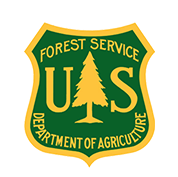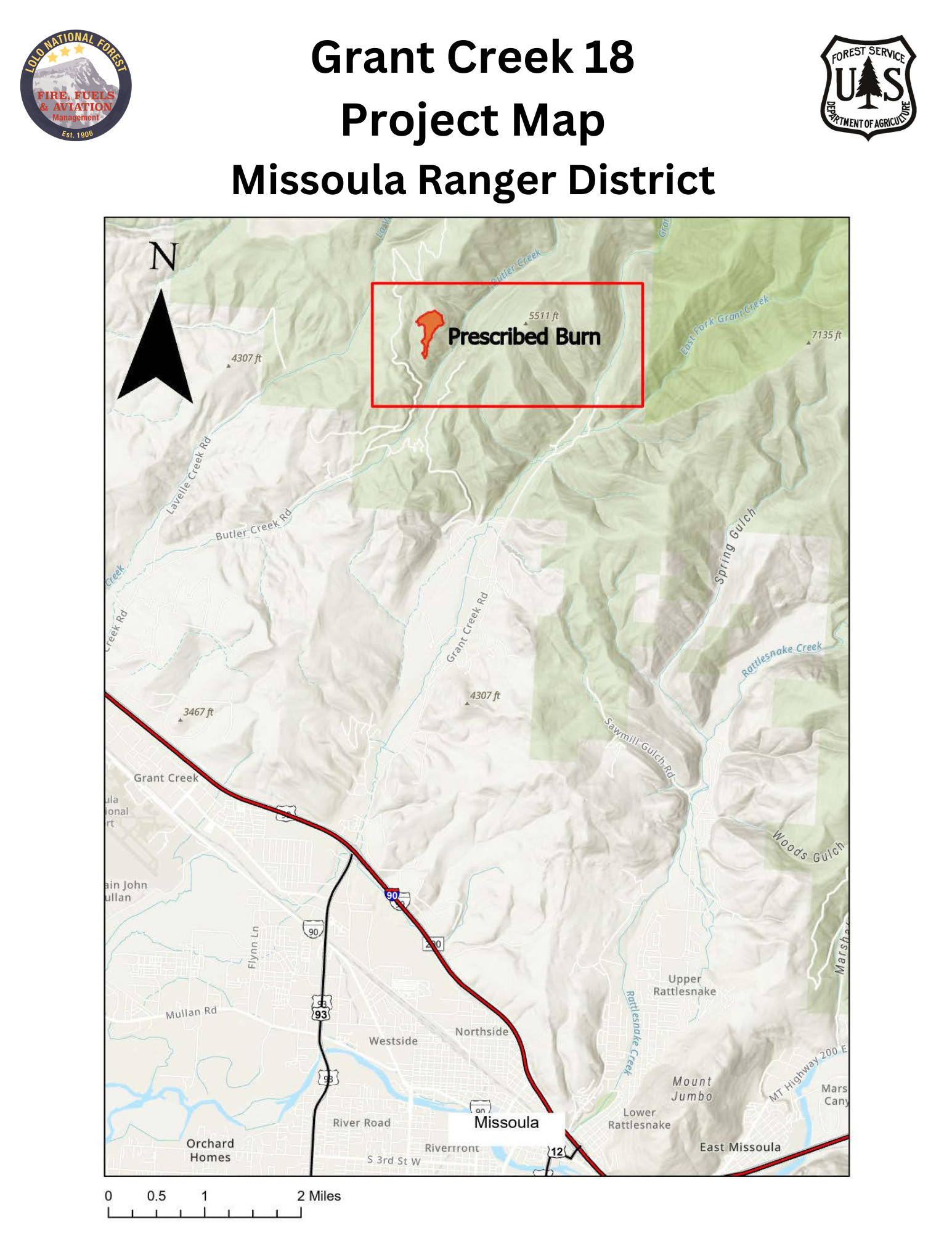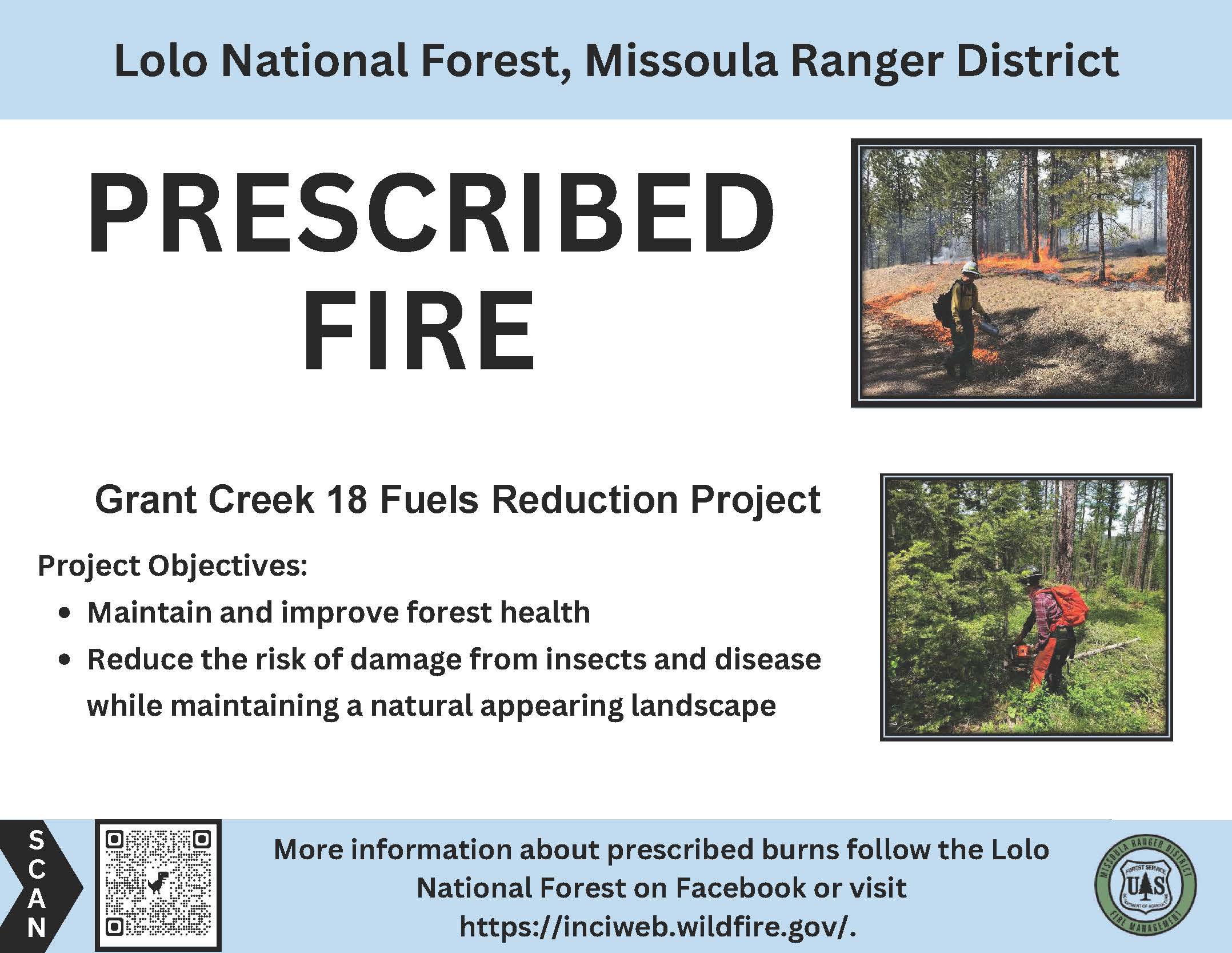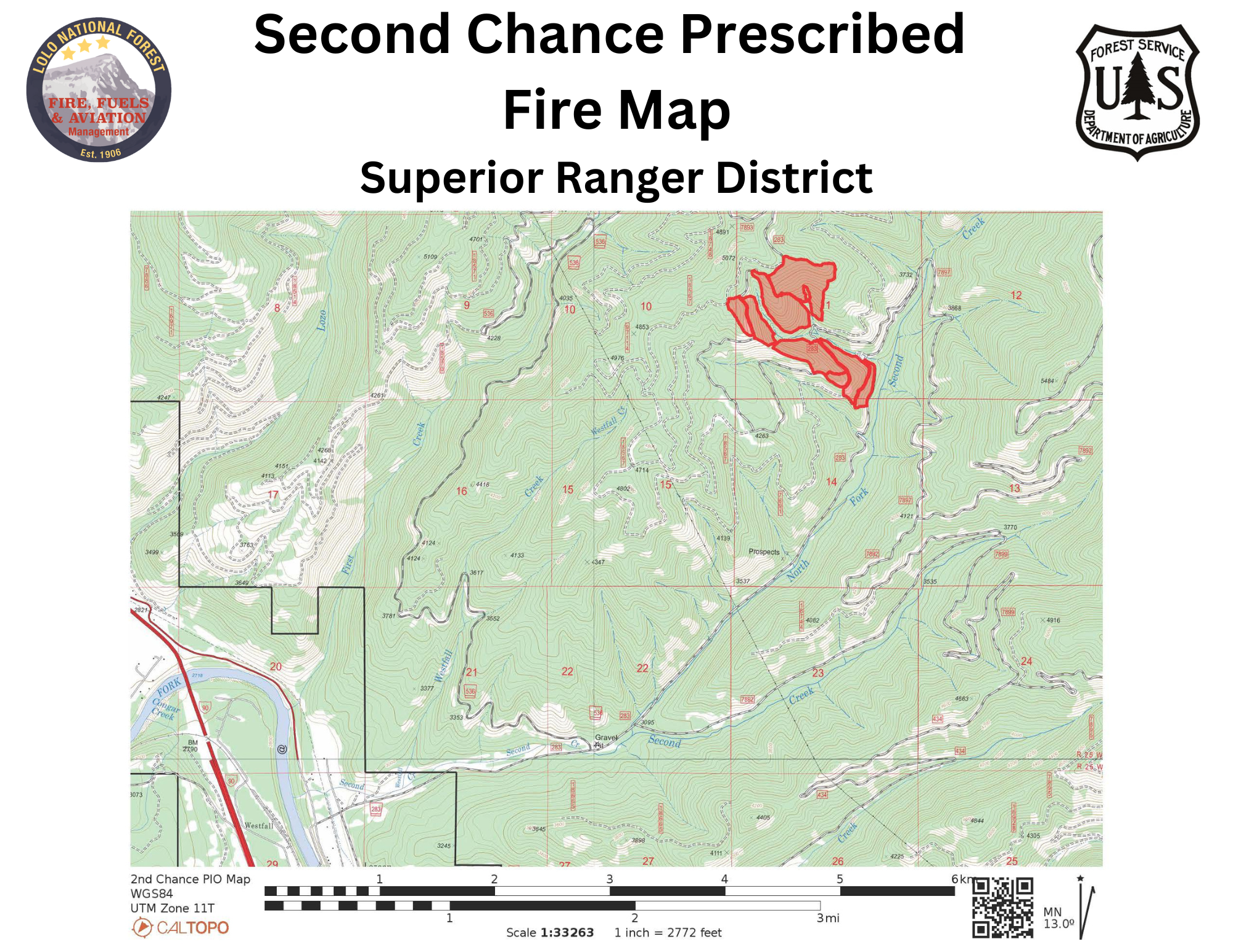Highlighted Activity
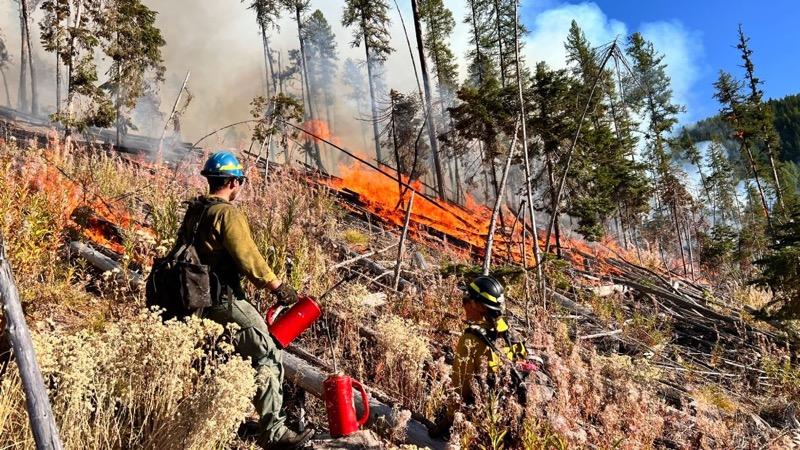
Announcements Photographs Maps
2025 Spring Prescribed Burn Operations
The Lolo National Forest, along with their interagency partners and neighbors, plans to implement prescribed fire projects, as weather and fuels conditions allow.
Public and firefighter safety is the top priority in all prescribed fire operations. Fire managers develop burn plans accounting for safety, specific fuel and weather prescriptions, and smoke management. Prior to implementation, local fire managers coordinate with local cooperators, counties, and partners. All prescribed burns are closely evaluated and are only approved when favorable conditions are present.
Prescribed fires help reduce surface fuels, increasing landscape wildfire resilience and reducing the risk of uncharacteristic wildfire effects on the landscape. In addition, they improve and maintain forest health and wildlife habitat and eliminate invasive species. The forest ecosystems in the Northern Rockies have evolved with fire, with many of them relying on periodic fires to establish and maintain forest health.
Benefits of prescribed fire as a forest management tool:
- Protects communities and infrastructure by reducing hazardous fuels and the risk of future high-intensity wildfires.
- Mitigates future wildfire risk and promote resilient fire-adapted landscapes.
- Reduces build-up of flammable vegetation, dead and down trees, and overgrowth.
- Improves and supports wildlife habitat for many species on the Forest.
- Limits the spread of invasive plant species and minimizes the spread of pest insects and disease, maintaining native ecosystems.
- Recycles nutrients back into the soil.
- Promotes the growth of trees, plants, wildflowers, and other flora and fauna.
- Continues the historic, natural fire regime of periodic disturbance by fire in forested ecosystems.
Prescribed fires are planned for various units across the Forest; however, the window of opportunity for prescribed fire implementation is affected by several factors. Safety factors, weather conditions, air quality, personnel availability, and environmental regulations are continually monitored before implementation to determine feasibility of moving forward with the prescribed fire operations, during implementation, and after completion of the unit(s).
All prescribed fires will be implemented in compliance with Montana air quality standards and coordinated with the Montana Department of Environmental Quality and the appropriate county health departments to reduce the impacts of smoke to neighbors, cooperators, and surrounding communities. Smoke may settle in valley bottoms and drainages overnight, but it is expected to dissipate within a few days. Visit the Fire and Smoke Map by AirNow for the current smoke outlook. Daily planned ignitions can be found on line at the Airshed Management System website.
Types of Prescribed Fire
Pile Burning: ignition of hand or machine piles of cut vegetation that have been allowed to dry out. Pile burning is commonly used to mitigate wildfire risk in areas where broadcast burning may not be feasible, such as adjacent to communities or private lands. Piles are made from the residual woody debris often left after a mechanical thinning treatment and can range in size from small hand stacked piles to large piles created with mechanical equipment. Piles are typically burned in fall, winter, or early spring after the piles have dried out and conditions allow, reducing the damage to the remaining trees and confining the majority of fire to the footprint of the pile.
Underburning: a type of prescribed fire treatment, that ignites vegetation under the forest canopy and focuses on the consumption of surface fuels.
| Current as of | Tue, 04/15/2025 - 09:45 |
|---|---|
| Incident Type | Prescribed Fire |
| Date of Origin | |
| Location | Lolo National Forest |
| Coordinates |
46° 49' 76'' Latitude
-113° 55' 73
'' Longitude
|
| Weather Concerns | Prescribed fires are carefully planned and implemented in accordance with a written burn plan. Prior to implementation, local fire managers coordinate with local cooperators, counties, and partners. When prescription criteria are met, firefighters implement, monitor, and patrol each burn to ensure it meets forest health and public safety goals. |
|---|

 InciWeb
InciWeb